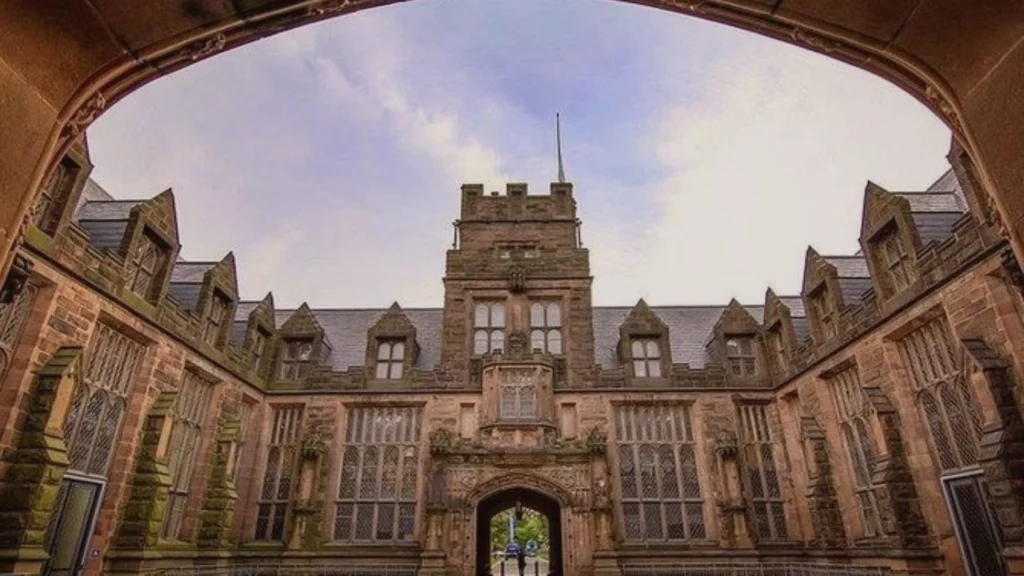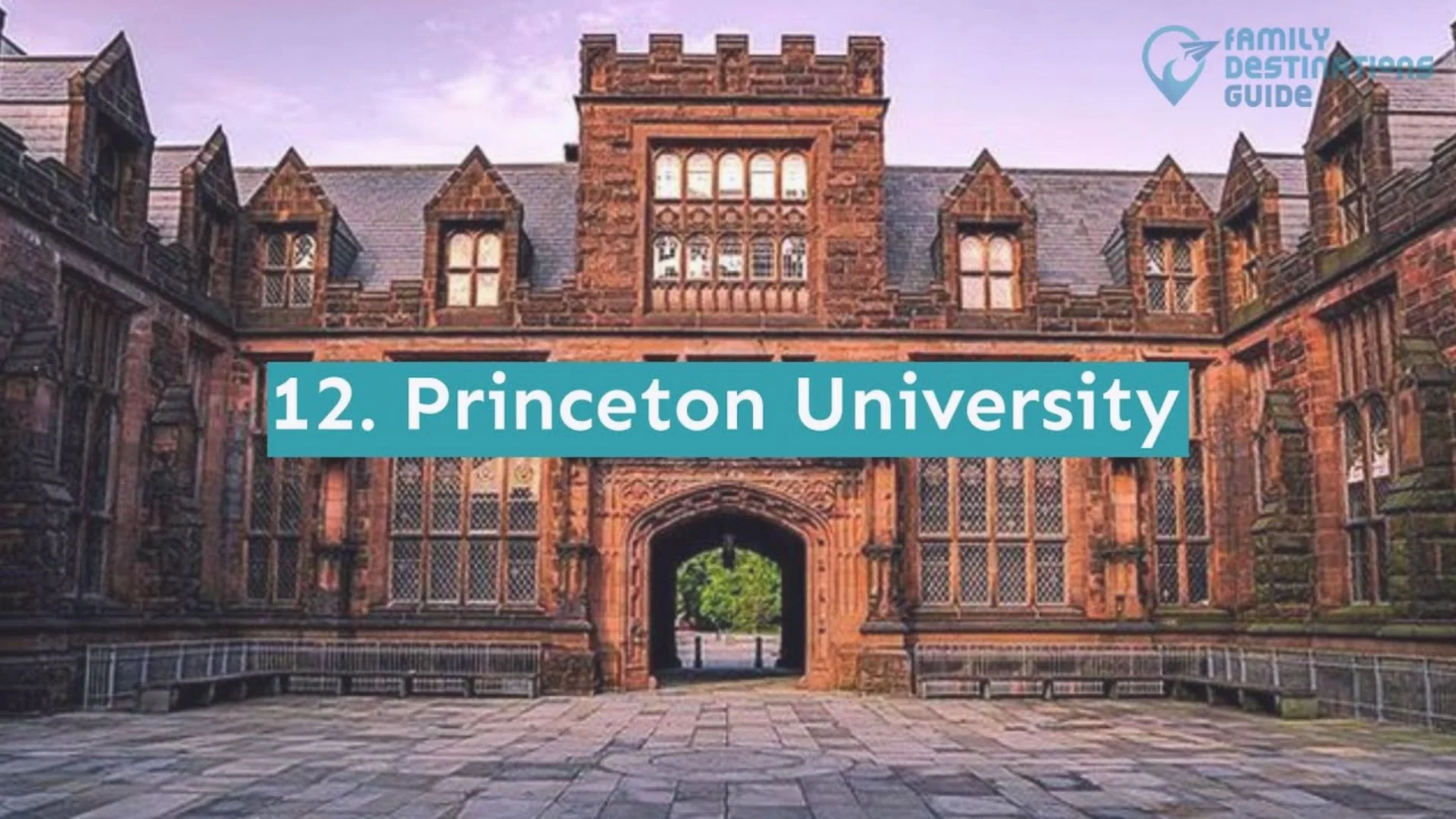Princeton University, located in Princeton, New Jersey, is a prestigious Ivy League institution known for its rich history, academic rigor, and beautiful campus. Established in 1746, it is the fourth-oldest college in the United States and has consistently ranked among the top universities globally. This article explores the Princeton University campus, highlighting its architecture, facilities, student life, and the unique aspects that make it an exceptional place to live and study.
Historical Background
Founding and Evolution
Princeton University was originally chartered as the College of New Jersey in 1746, in Elizabeth, New Jersey. It moved to its current location in Princeton in 1756. The institution was renamed Princeton University in 1896 to reflect its expanded academic offerings and status as a university. The campus has evolved significantly over the centuries, blending historic architecture with modern facilities to create a dynamic and inspiring environment for students and faculty.
Architectural Heritage
Princeton’s campus is renowned for its stunning architecture, which includes a mix of Collegiate Gothic, Georgian, and contemporary styles. Some of the most iconic buildings include Nassau Hall, the oldest building on campus, completed in 1756, and the Princeton University Chapel, a magnificent example of Collegiate Gothic architecture completed in 1928. The campus also features modern architectural contributions from renowned architects such as Frank Gehry and Rafael Viñoly, adding to its aesthetic and functional diversity.
Academic Facilities
Libraries
Princeton University boasts one of the most extensive and prestigious library systems in the world. The main library, Firestone Library, houses over 11 million holdings, including rare books, manuscripts, and extensive digital resources. In addition to Firestone, the campus has several specialized libraries such as the Marquand Library of Art and Archaeology, the Lewis Science Library, and the Stokes Library for Public and International Affairs.
Classrooms and Lecture Halls
Princeton’s academic buildings are equipped with state-of-the-art facilities designed to enhance learning and research. Lecture halls, seminar rooms, and laboratories are technologically advanced, providing students and faculty with the tools needed for effective teaching and research. Buildings like McCosh Hall, Robertson Hall, and the Frick Chemistry Laboratory are central to the academic life on campus.
Research Centers
Princeton is home to numerous research centers and institutes that foster interdisciplinary collaboration and innovation. These include the Princeton Neuroscience Institute, the Princeton Plasma Physics Laboratory, and the Andlinger Center for Energy and the Environment. These centers not only advance knowledge in their respective fields but also provide students with opportunities to engage in cutting-edge research.
Residential Life
Undergraduate Housing
Princeton guarantees housing for all four years of undergraduate study, and nearly all students live on campus. The residential college system is a distinctive feature of Princeton’s undergraduate experience. Each residential college offers a tight-knit community, with dining halls, advising services, and social events. The six residential colleges are Butler, First, Forbes, Mathey, Rockefeller, and Whitman.
Graduate Housing
Graduate students at Princeton have various housing options, including on-campus apartments and townhouses. The Graduate College, an iconic Gothic-style building, provides a unique living and learning environment for graduate students. Other housing options include Lakeside Apartments and Lawrence Apartments, which offer modern accommodations for graduate students and their families.
Student Life
Extracurricular Activities
Princeton offers a vibrant array of extracurricular activities, catering to diverse interests and talents. With over 300 student organizations, there is something for everyone. These include academic clubs, cultural groups, performing arts ensembles, and service organizations. The Princeton University Band, the Triangle Club, and the Princeton University Players are just a few examples of the active student groups on campus.
Athletics
Athletics play a significant role in campus life at Princeton. The university has 37 varsity sports teams, known as the Princeton Tigers, which compete in the NCAA Division I Ivy League. Facilities like Jadwin Gymnasium, Princeton Stadium, and the DeNunzio Pool provide top-notch venues for training and competition. In addition to varsity sports, there are numerous club and intramural sports available to students.

Arts and Culture
Princeton’s commitment to the arts is evident in its numerous cultural facilities and programs. The Lewis Center for the Arts offers programs in creative writing, dance, theater, and visual arts, providing students with opportunities to engage in artistic endeavors. The Princeton University Art Museum, which houses an impressive collection of over 100,000 works, and the McCarter Theatre Center, known for its world-class performances, are cultural hubs on campus.
Dining and Social Spaces
Dining Halls
Princeton’s dining services are highly regarded, offering a variety of meal plans and dining options. Each residential college has its own dining hall, fostering a sense of community among students. Additionally, the university has several retail dining locations, including Café Viv, the Frist Campus Center, and the Atrium Café, providing diverse and convenient meal choices.
